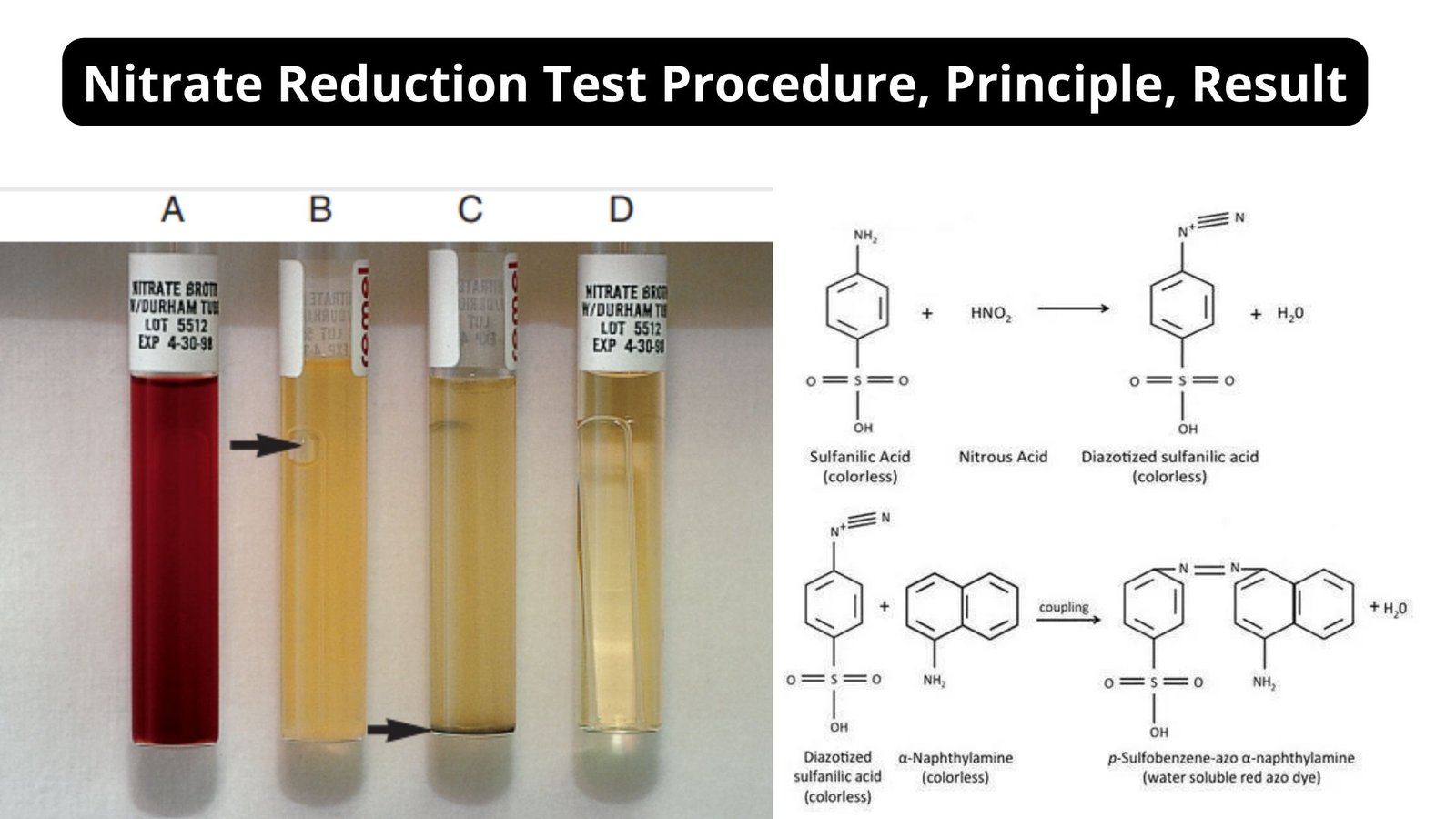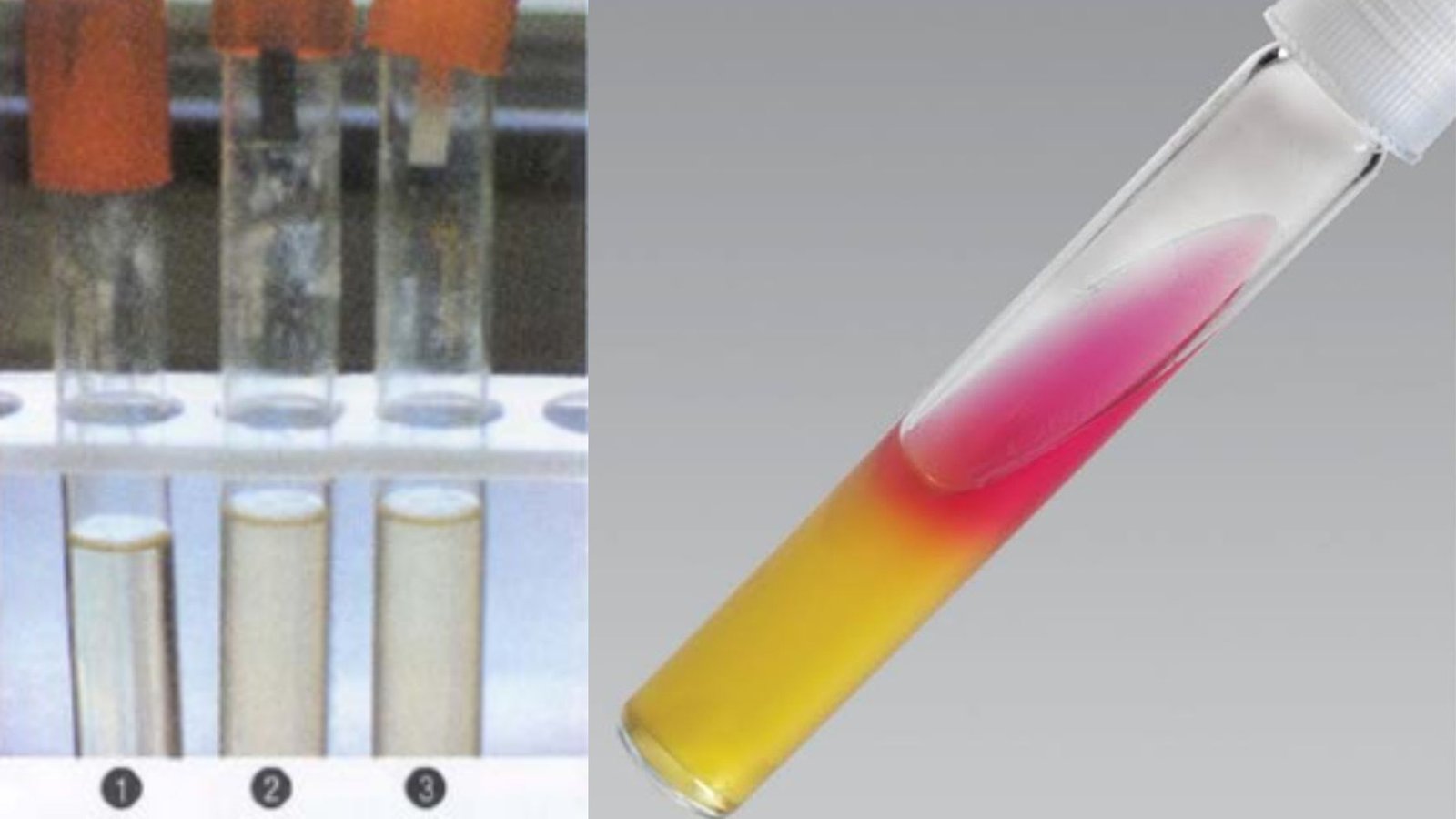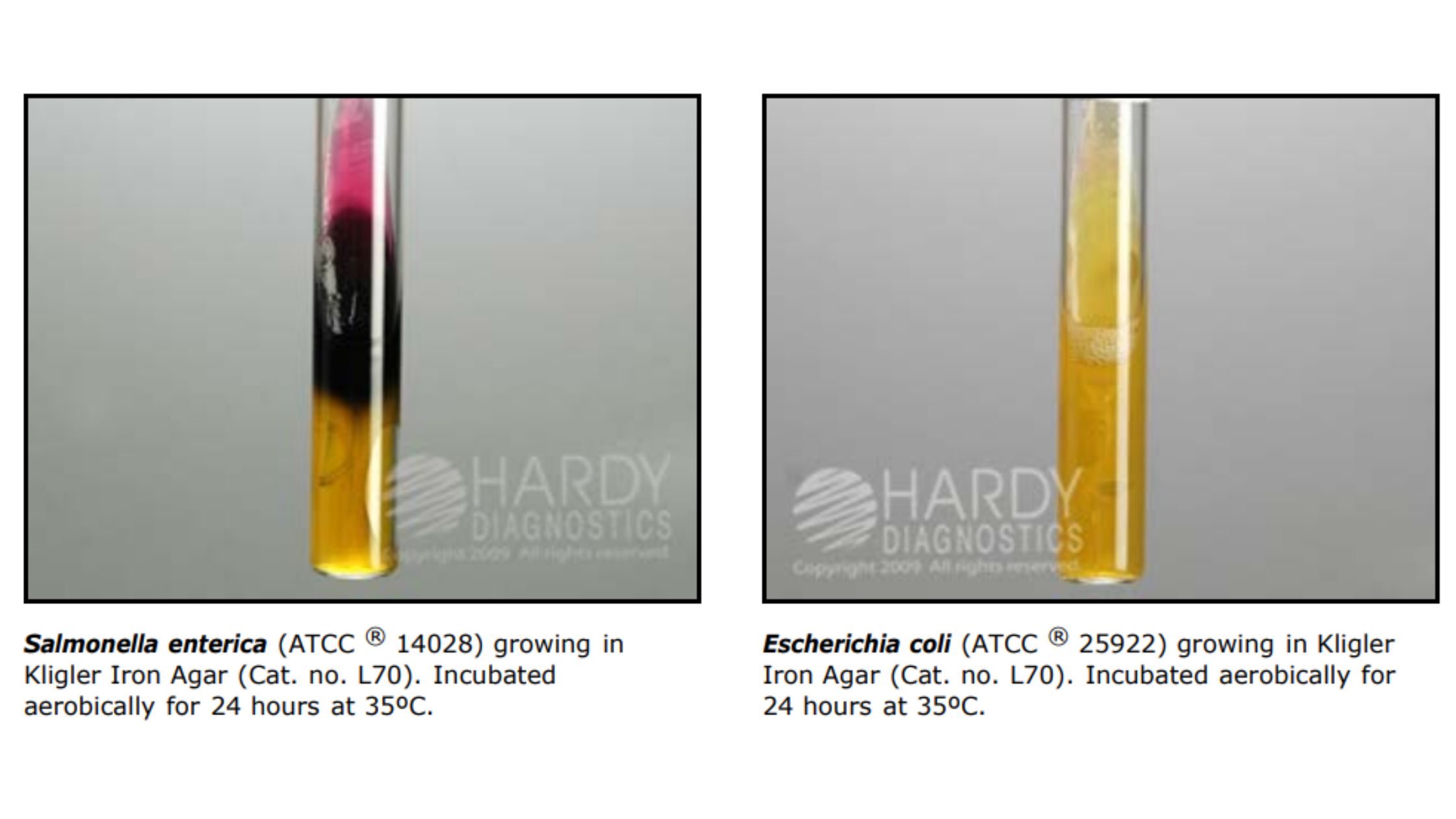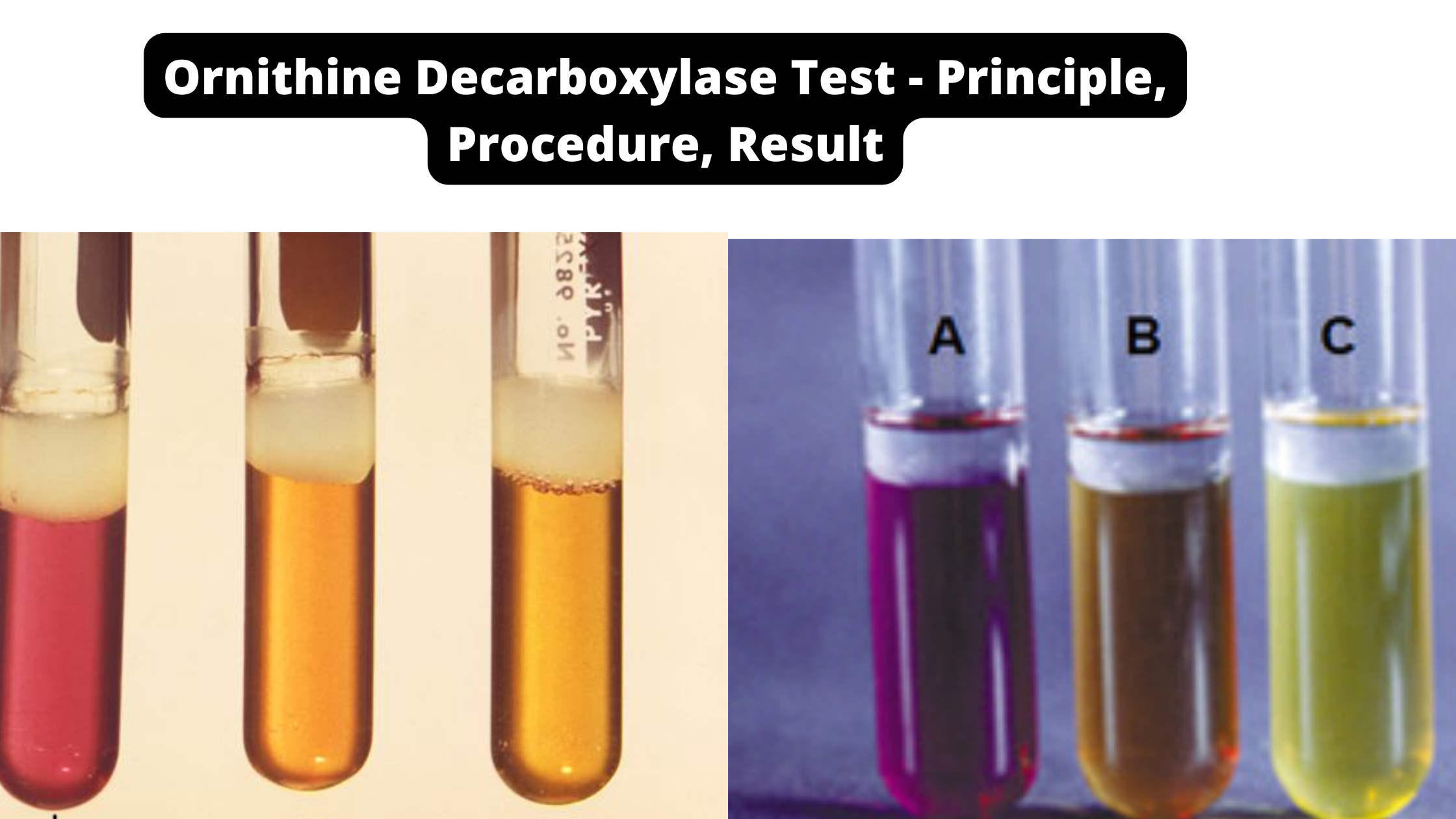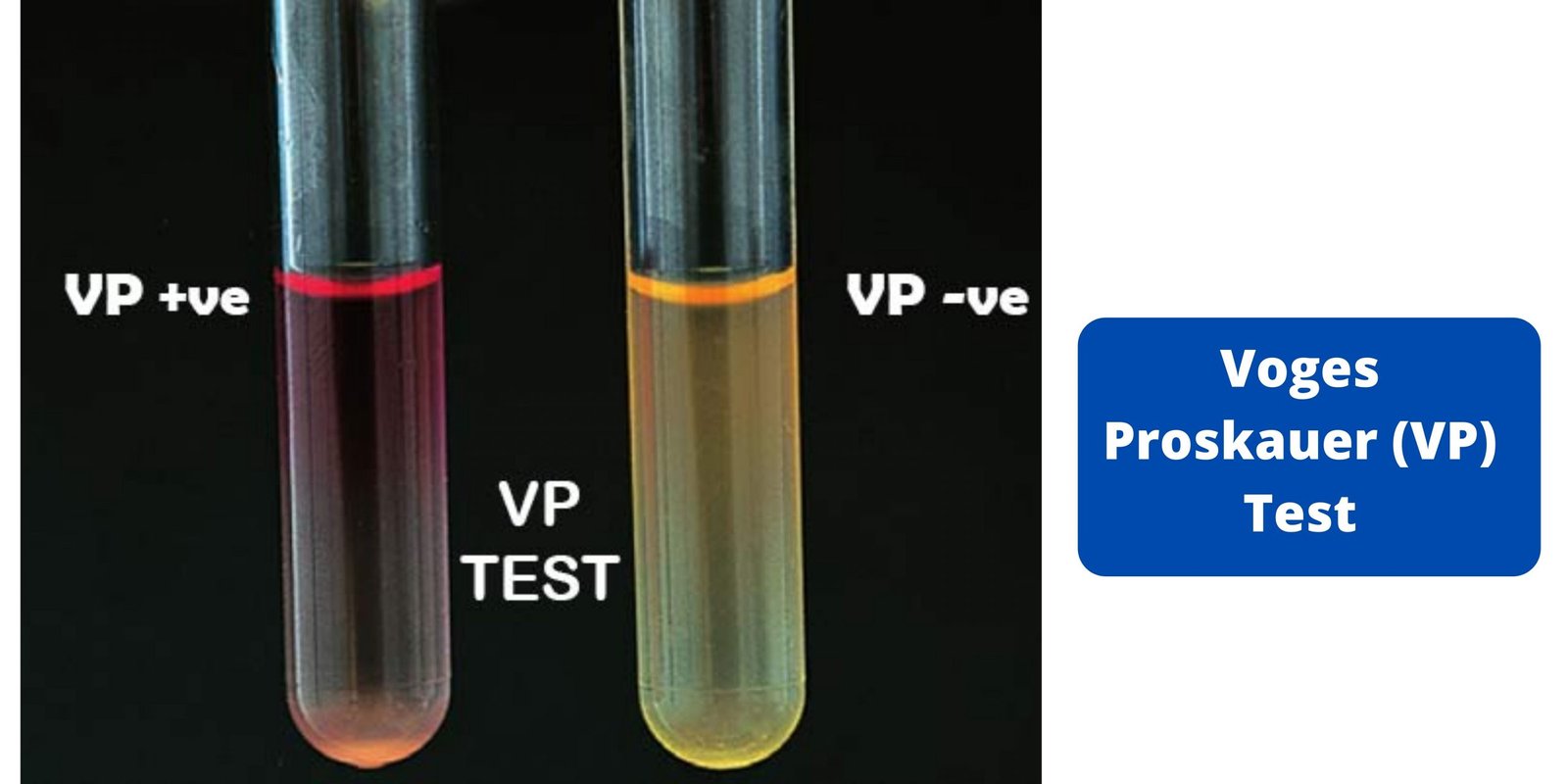Litmus Milk Test – Principle, Procedure, Result
What is the Litmus Milk Test? Litmus Milk Medium is a liquid medium suggested for use in qualitative tests for determining the activity of bacteria on milk and maintaining lactic acid bacteria. Acid Reaction Alkaline Reaction Redox Reaction Principle of Litmus Milk Test Purpose of Litmus Milk Test Media Required This test utilises Litmus Milk … Read more

